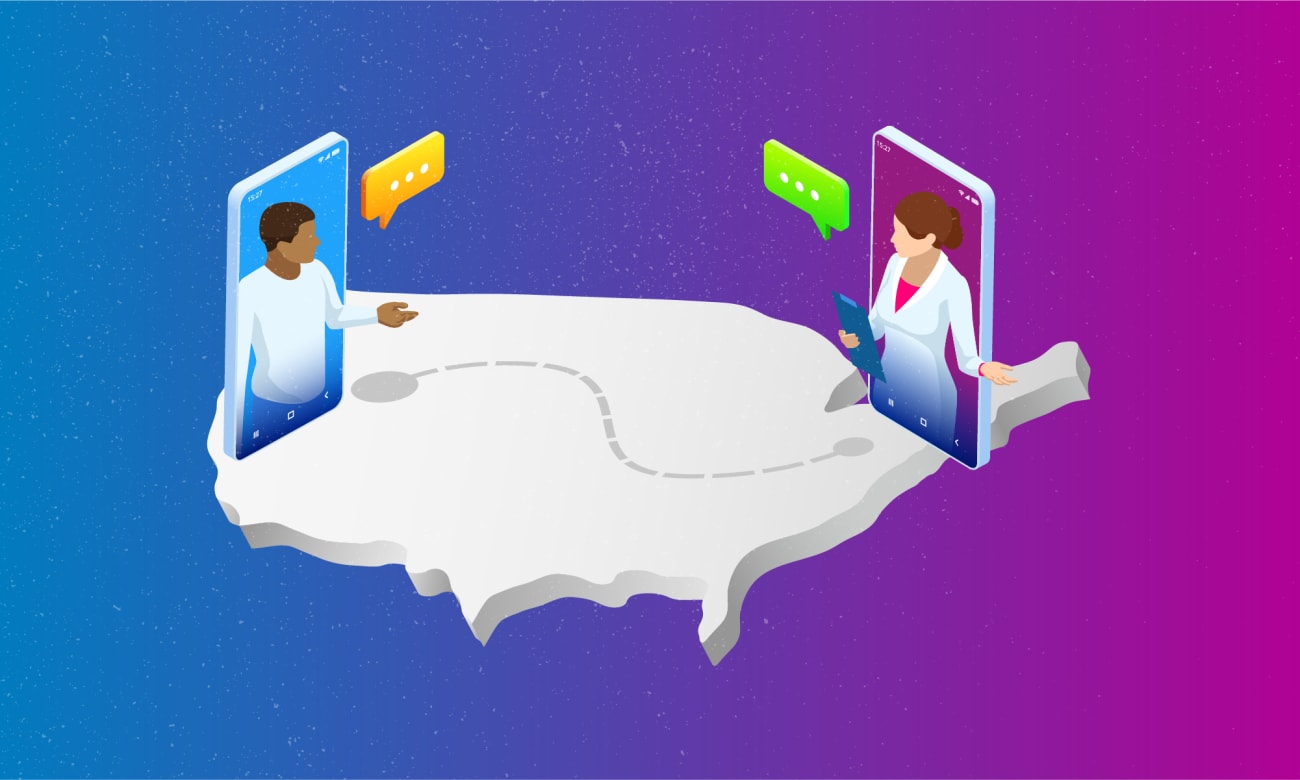
In March 2020, Johns Hopkins Medicine admitted its first patient with a confirmed case of COVID-19. To help reduce the spread of COVID-19, it was essential to create innovative alternatives to traditional care models. The government granted flexibilities that allowed providers to rapidly transform how care was delivered, and health systems quickly scaled remote services to maintain vital connections to patients.
As of April 2021, the reinstatement of regulations generating telemedicine restrictions in certain states had already begun to alter patient care. Due to state restrictions, Johns Hopkins Medicine has been forced to cancel hundreds of telemedicine appointments and further restrict the scheduling of established patients who happen to live out of state.
Since the start of the pandemic, Johns Hopkins Medicine has conducted nearly 850,000 telemedicine visits for patients across the country. In a survey of 700 Johns Hopkins Medicine patients, 88% stated they were moderately to extremely likely to use telemedicine after the pandemic.
One example is a Florida resident who is a patient of Carol Ann Huff, associate professor of oncology and medicine at the Johns Hopkins University School of Medicine and medical director for the Johns Hopkins Kimmel Cancer Center. Although Huff’s patient receives her lab work and treatments close to home, cancer and chronic inflammation illness has left her immunocompromised. She relies on Huff and other Johns Hopkins Medicine experts to coordinate with her local doctors.
Virtual access to Johns Hopkins’ experts became crucial when the patient contracted COVID-19. She arranged a virtual visit with Howard Lederman, director of the Immunodeficiency Clinic at the Johns Hopkins University School of Medicine, and learned about possible treatments such as monoclonal antibody infusion therapy.
The patient says her local physician wasn’t aware she could get the treatment outside of a clinical trial and wouldn’t have recommended it. “I was fortunate to find out about it through my connection with Dr. Lederman, which started with a telemedicine visit,” she says. “I got to the hospital on the first day they were offering the treatment. It saved my life.”
This story mirrors many patients’ experiences with telemedicine care during the pandemic. The ability to seek virtual care has been due, in part, to federal and state governments granting emergency authorization to temporarily relax restrictive licensing laws that previously limited doctors’ ability to serve patients living across state lines.
See the full media release: COVID-19 Story Tip: COVID-19 Drives Innovation and Evolution in Patient Care.
PUBLISHED IN INSIGHT MAY/JUNE 2021


